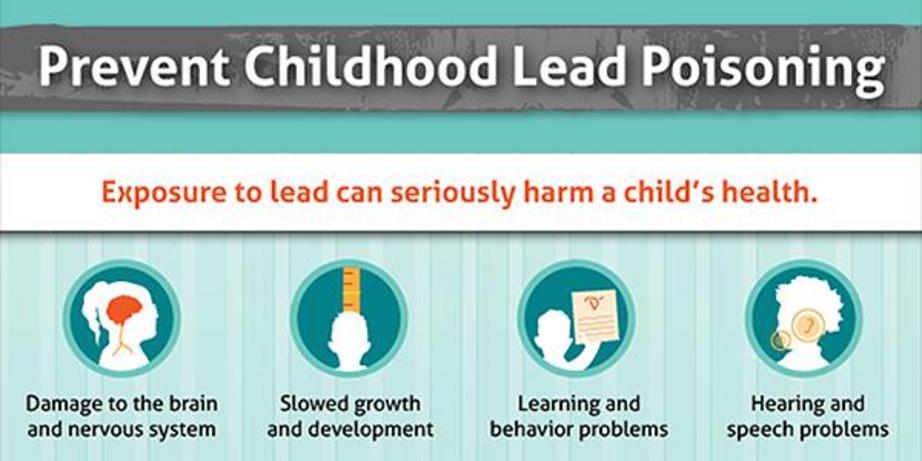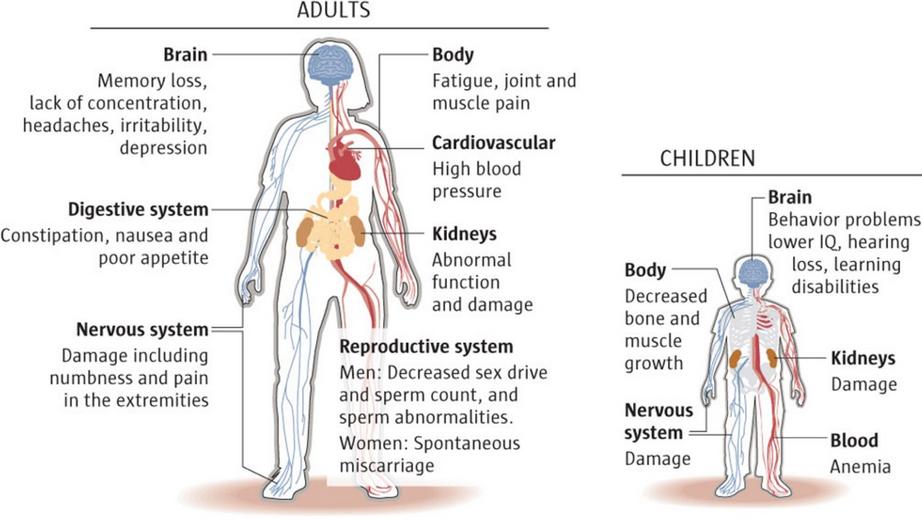Lead poisoning in children 3x higher in California city than in Flint
Following up on a report published in December of last year, Reuters ran a piece this week that shed light on the alarmingly high rate of lead poisoning among children across the state of California. One rate in Fresno was almost three times higher than that of Flint, Michigan.
From Wednesday’s article:
“Dozens of California communities have experienced recent rates of childhood lead poisoning that surpass those of Flint, Michigan, with one Fresno locale showing rates nearly three times higher, blood testing data obtained by Reuters shows.
“The data shows how lead poisoning affects even a state known for its environmental advocacy, with high rates of childhood exposure found in a swath of the Bay Area and downtown Los Angeles. And the figures show that, despite national strides in eliminating lead-based products, hazards remain in areas far from the Rust Belt or East Coast regions filled with old housing and legacy industry.”

The data, which was supplied to the news agency by California’s Department of Public Health, showed that in one Fresno zip code locale, 13.6 percent of kids under six years old tested high for lead. By comparison, 5 percent of kids in the same age group in Flint have elevated levels of the neurotoxin in their blood.
“It’s a widespread problem and we have to get a better idea of where the sources of exposure are,” California Assemblyman Bill Quirk told Reuters. Last week, Quirk introduced a bill that would require blood test screening for all California children.
In Fresno County alone, nine zip code areas were found to have lead levels among children that equaled kids of Flint. In one downtown Fresno zip code, 14 percent of kids tested had lead level readings at or above 5 micrograms per deciliter of blood — the current threshold for an elevated result at the Center for Disease Control and Prevention.

Last December, a Reuters investigation demonstrated that while the crisis in Flint may have been the story that drew attention to the issue of lead poisoning, the Michigan town was far from alone in the realm of Americans at risk.
From that report:
“In all, Reuters found nearly 3,000 areas with recently recorded lead poisoning rates at least double those in Flint during the peak of that city’s contamination crisis. And more than 1,100 of these communities had a rate of elevated blood tests at least four times higher.”
Indeed, this latest data out of California shows the issue of lead poisoning is one that should be considered by all U.S. citizens, regardless of region or demographic. As Jeff Sanchez, a public health specialist with Impact Assessment, told Reuters this week on the topic of lead poisoning:
“The more you look, the more you find.”

